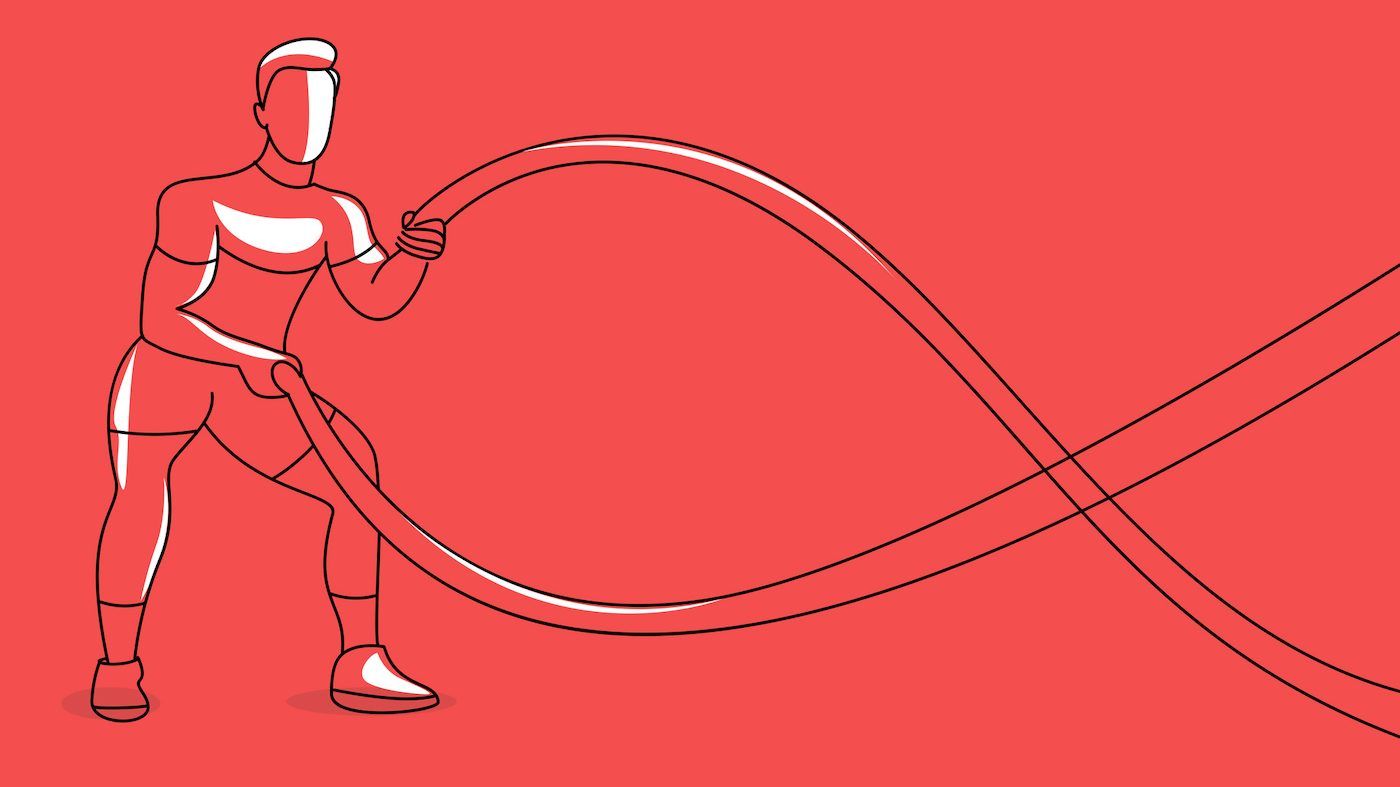what is james brolin's secret to staying young?
the lightyear star also uses his home sauna to detox and eats a healthy diet that includes his favourite greek salad and a whole loaf of sourdough bread.
is a crossfit workout worth it?
the workout combines different types of exercises to develop athletes with well-rounded physical ability. but what's with some crossfitters proudly posting about bouts of rhabdomyolysis?
is using kettlebells in your workout worth it?
there is actually a worldwide federation for this humble cast iron ball.
 3 minute read
3 minute read









